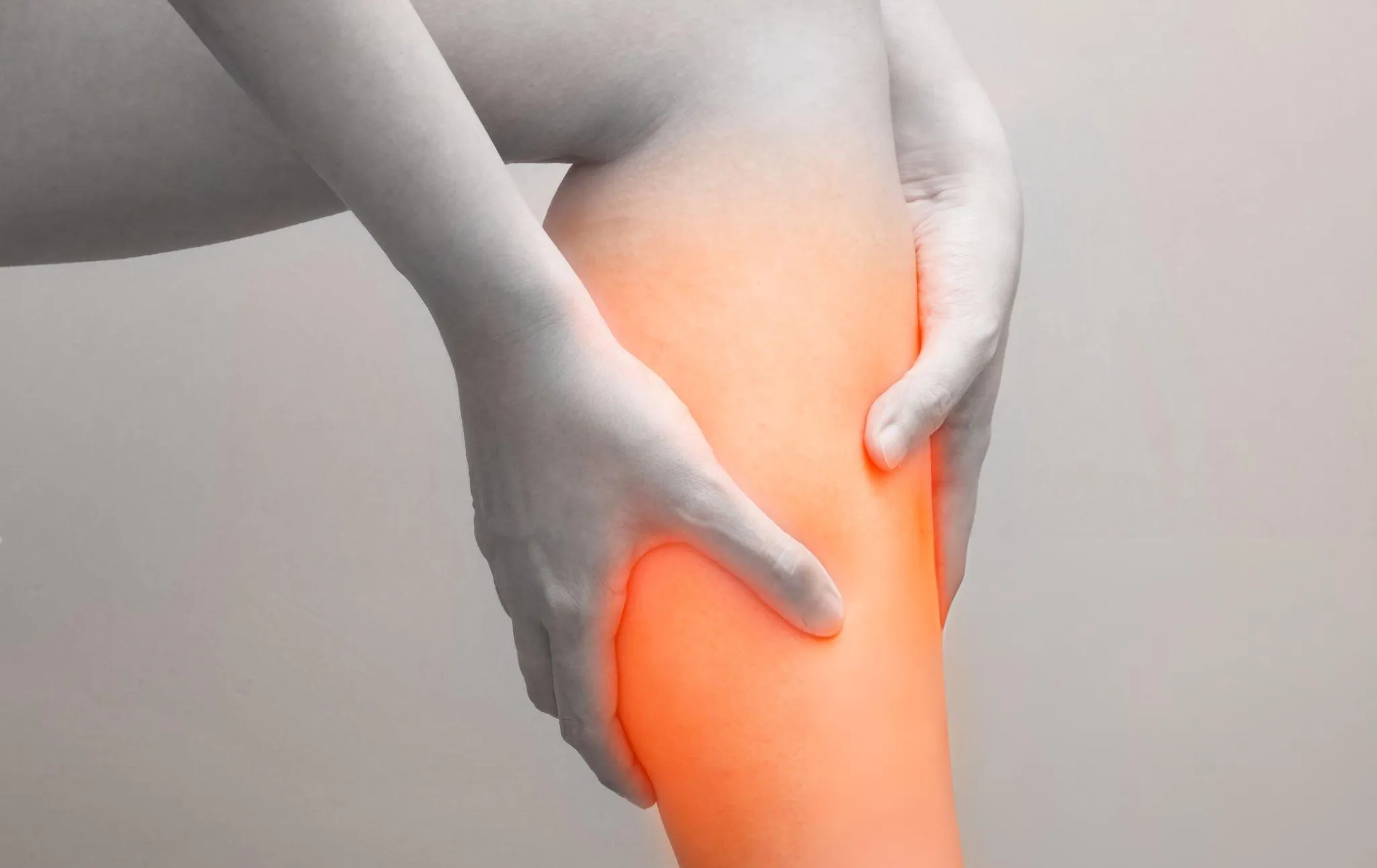The occurrence of hematuria, which refers to the detection of blood in urine, can elicit discomfort and concern among individuals of both genders. Microscopic bleeding, characterized by the detection of small blood spots in the urine of both men and women, can be an indicator of possible health conditions.
There are two types of bleeding: major bleeding, characterized by the presence of blood, and minor bleeding, which requires a medical examination to diagnose Regardless of the specificity it is important that individuals anemia sufferers of anemia require medical assistance and thorough investigations soon-to-determine the cause.
This blog post explores the potential causes of hematuria, specifically focusing on both common and more severe medical disorders that may underlie this concerning symptom. This study will further examine the importance of early detection, the gender-specific ramifications, and the necessary measures to be undertaken when confronted with such a potentially concerning signal.
What Causes Blood In Urine?
There are two types of bleeding: massive bleeding and bleeding in small duration. In massive bleeding, the patient may experience huge blood clots in the urine while peeing. whereas, minor bleeding, can not be seen with human eyes but via lab tests. A microscopic examination is needed as other medical processes. You may see pinkish or red discolorated urine, it can also be painful sometimes.
There are several reasons that can contribute to the presence of blood in urine, encompassing both minor and more severe underlying causes. Several common factors might contribute to various health disorders. For example, urinary tract infections (UTIs) can affect the bladder, kidneys, or prostate.
In addition, diseases such as hepatitis can cause liver failure. In addition, vaginal tissue grows out of the uterus, which can damage the tumor. Other possible causes include the presence of kidney stones, nerve damage due to trauma or strenuous activity, and menstruation in women although some bleeding may be harmless, it is necessary to treat it early and rule out serious conditions such as kidney problems or cancer.
What Causes Pink Tissue In Urine?
The presence of pink veins in the water can make you uncomfortable, as it could indicate an underlying medical condition. There are other possible reasons for this phenomenon and they should be considered in order to conduct appropriate assessments and implement effective intervention strategies. The presence of kidney stones is a potential factor for the presence of pink tissue in urine. Solid mineral and salt deposits have the potential to develop inside the kidneys and occasionally pass through the urinary system, leading to irritation and the development of pink tissue in the urine.
Urinary tract infections (UTIs) may also result in the presence of pink tissue within the urine. Inflammation and muscle contraction due to ulcers, urinary tract infections, or kidney disease can cause urine discoloration. In cases involving the kidneys or bladder, such as from trauma or accidents, there may be tissue injury, which can be seen as pink or red tissue in the fluid.
In addition, urinary tract tumors may potentially serve as a possible factor. The occurrence of bleeding in the urinary system due to the presence of tumors might result in the development of pink tissue within the urine. It is imperative to promptly seek medical assistance for accurate diagnosis and quick treatment when the presence of pink tissue is detected in urine. Healthcare professionals have the ability to do comprehensive assessments in order to determine the precise cause and establish the most suitable intervention strategy to effectively manage the fundamental concern and promote optimal well-being.
What Causes Small Blood Clots In Urine?
When considering the observation of visible hematuria, often referred to as “little blood clots in urine,” there exist several factors that individuals may associate with this concerning appearance. Bladder, kidney, or prostate infections are frequently seen as plausible causes, as these medical conditions have the capacity to induce inflammation and irritation inside the urinary system. Also, it should be noted that infections such as hepatitis, which causes liver failure and inflammation, can be associated with bleeding Interestingly, it is suggested that excessive sexual activity may so, and intense exercise will influence the prevalence of this phenomenon.
Menstruation is a common cause of bleeding in women, although endometriosis, a disorder characterized by abnormal growth of uterine lining outside the uterus, can also affect the bladder, causing small fatty spots to appear in the urine. Understanding the multiple causes associated with this troubling symptom is extremely important, as it prompts individuals to seek immediate medical tests to find the real cause and protect their overall health.
Conclusion:
The causes of blood in urine can differ, and the appearance of blood clots in the urine, whether gross or microscopic, should never be disregarded. Looking for the correct medical assessment is important to find the root cause and start suitable medical treatment to protect one’s health and well-being.













Leave a Reply